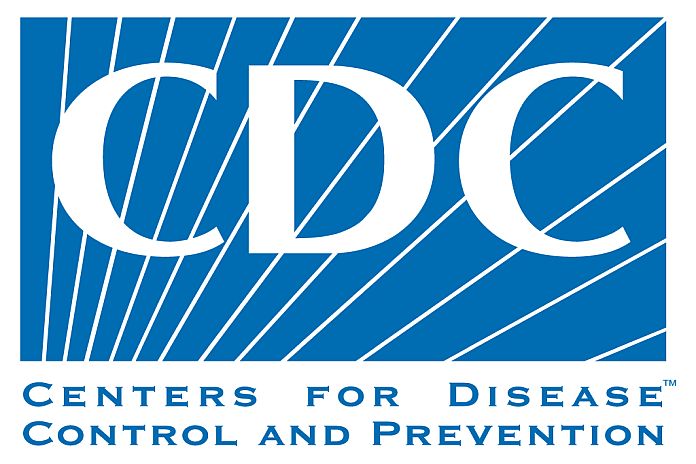By Caribbean News Global ![]()
ATLANTA, USA, (CDC) – Centers for Disease Control and Prevention Control (CDC) notifies travellers and other audiences about health threats in destinations around the world through Travel Health Notices (THN). During the COVID-19 pandemic, CDC has also provided an interactive world map specifically showing COVID-19 travel recommendations by destination. This world map uses an evidence-based approach, referred to as the COVID-19 THN Risk Assessment, to evaluate the COVID-19 risk in each destination.
On March 27, 2020, CDC issued a Level 3 Global COVID-19 pandemic notice advising against all nonessential international travel due to the COVID-19 pandemic. As the COVID-19 situation evolves across the world, CDC is transitioning away from a global travel notice back to individual destination risk assessments. How the risk for each destination is determined is explained below.
Related
COVID-19 THN Risk Assessment
The COVID-19 THN Risk Assessment is based on two sets of criteria (primary and secondary criteria), which contain information about:
- Virus transmission within a destination (primary criteria);
and - Healthcare capacity and public health infrastructure within a destination (secondary criteria).
How does a destination move from one THN Level to another?
A destination can move from a Level 3 (High Risk) to a lower THN level or no THN when primary and secondary criteria are met. This is referred to as a de-escalation of the THN. A destination can also escalate and move from no THN or a lower THN to a higher level THN.
Primary Criteria are calculated using World Health Organization COVID-19 surveillance data.
- Daily, CDC monitors new COVID-19 case counts, incidence rates (number of new cases per 100,000 people in the population), and new case trajectory (whether the number of new cases is increasing, decreasing, or stable) for each destination.
- All criteria are assessed over the last 28 days (2 incubation periods for COVID-19). The incubation period is the time it takes from when a person is exposed to the virus to when they develop infection, usually 2 to 14 days for COVID-19.


Secondary Criteria are qualitative and come from official destination sources (e.g., ministry of health websites).
- Measures of a destination’s healthcare capacity, such as available hospital beds and ventilators.
- Measures of a destination’s public health infrastructure, such as testing capacity, contact tracing capacity and documented exported cases (cases identified in travellers to other countries).
Notes:
- Destinations that fall below the Level 1 primary criteria and meet secondary criteria have no THN.
- Destinations can only de-escalate if their new case count is decreasing or stable.
How a destination’s travel health notice is de-escalated
The diagram below shows how a destination can move from a Level 3 (High Risk) to a lower THN level or no THN when it meets both the primary and secondary criteria. This is referred to as a de-escalation of the THN.
- Once a destination meets the primary criteria (its case count, incidence rate, and new case trajectory have decreased or are stable), CDC evaluates secondary criteria.
- If a review of the secondary criteria shows the destination has healthcare capacity and public health infrastructure and the secondary criteria data are consistent with the primary criteria data, the THN will be lowered to the appropriate level.
- If secondary criteria data are not available or are inconsistent with the primary criteria data, then the destination will remain at its current THN level and be reevaluated after another 28 days.

Last updated August 10, 2020
Content source: National Center for Immunization and Respiratory Diseases (NCIRD), Division of Viral Diseases.





